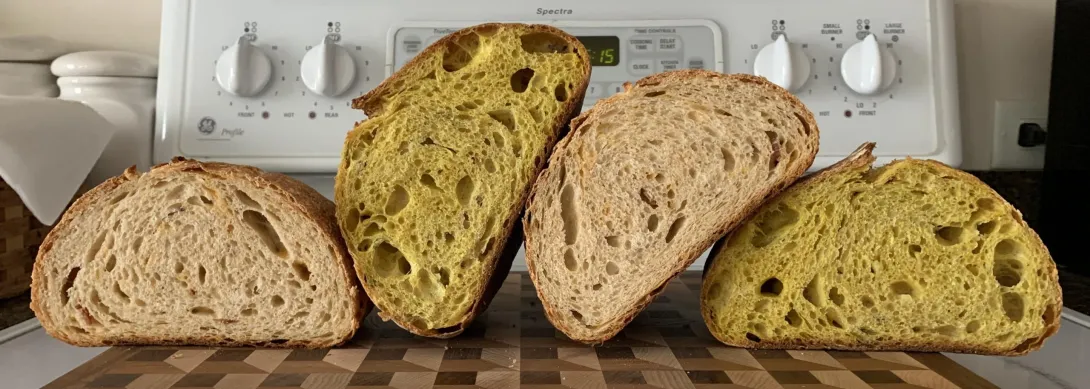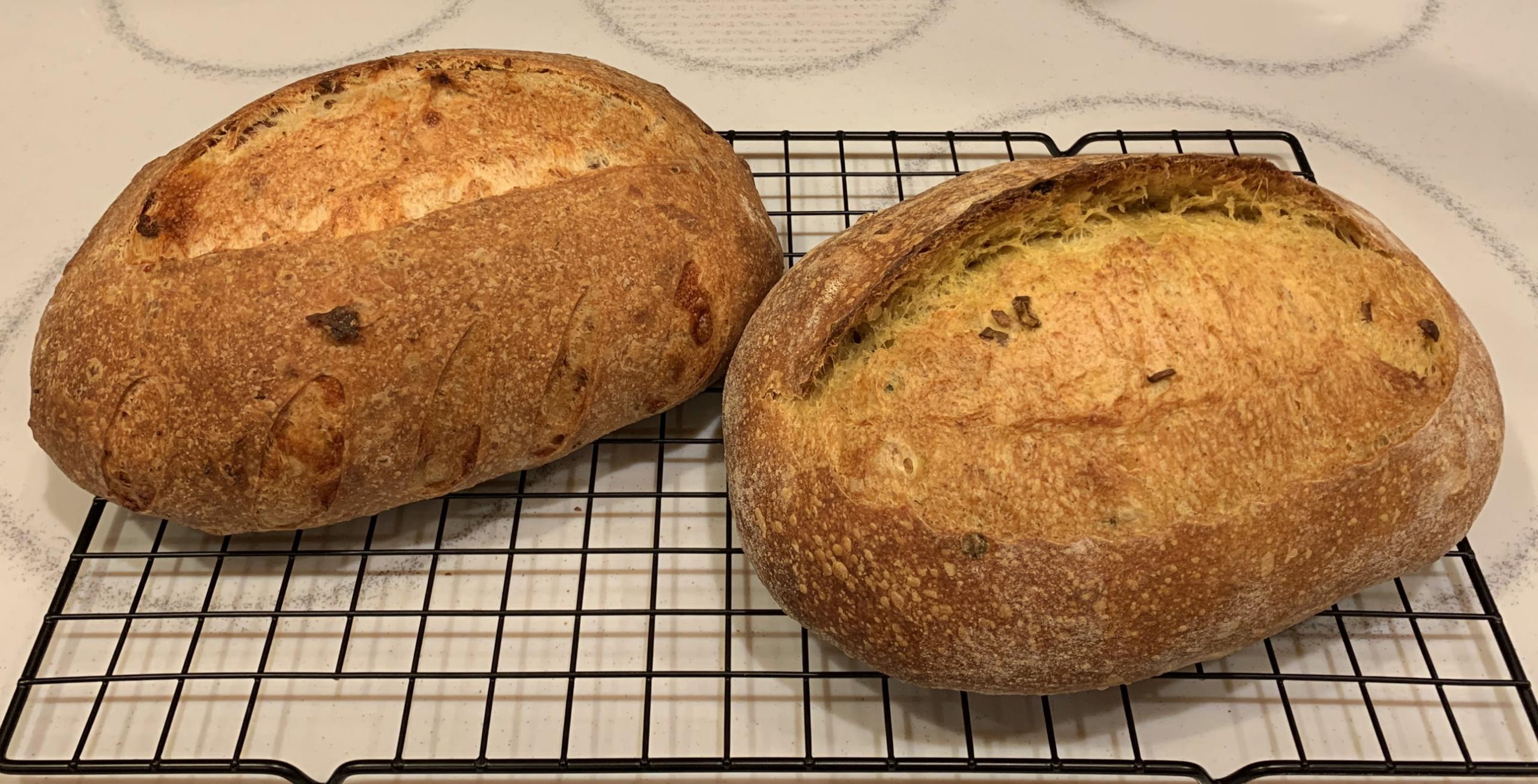HeiHei29er's blog
Oatmeal Bread
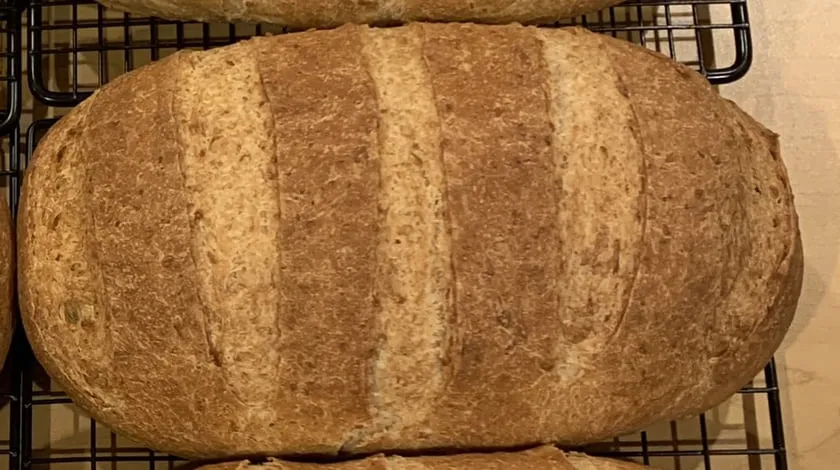
This past weekend's bake was a new technique for me and I think it worked out pretty well. The recipe is Oatmeal Bread from Bread (3rd Ed.). I've made single loaves of this bread a couple of times, but it was always made straight through from start to finish. This weekend was busy, so I did the mix on early Sunday morning and then followed Jeffrey Hamelman's recommendation to develop flavor with a straight dough and did a cold retard after 2 hours of room temperature bulk. The dough had to be punched down numerous times and lesson learned...
English Muffin Toasting Bread / 20% Barley with Cracked Wheat Sourdough
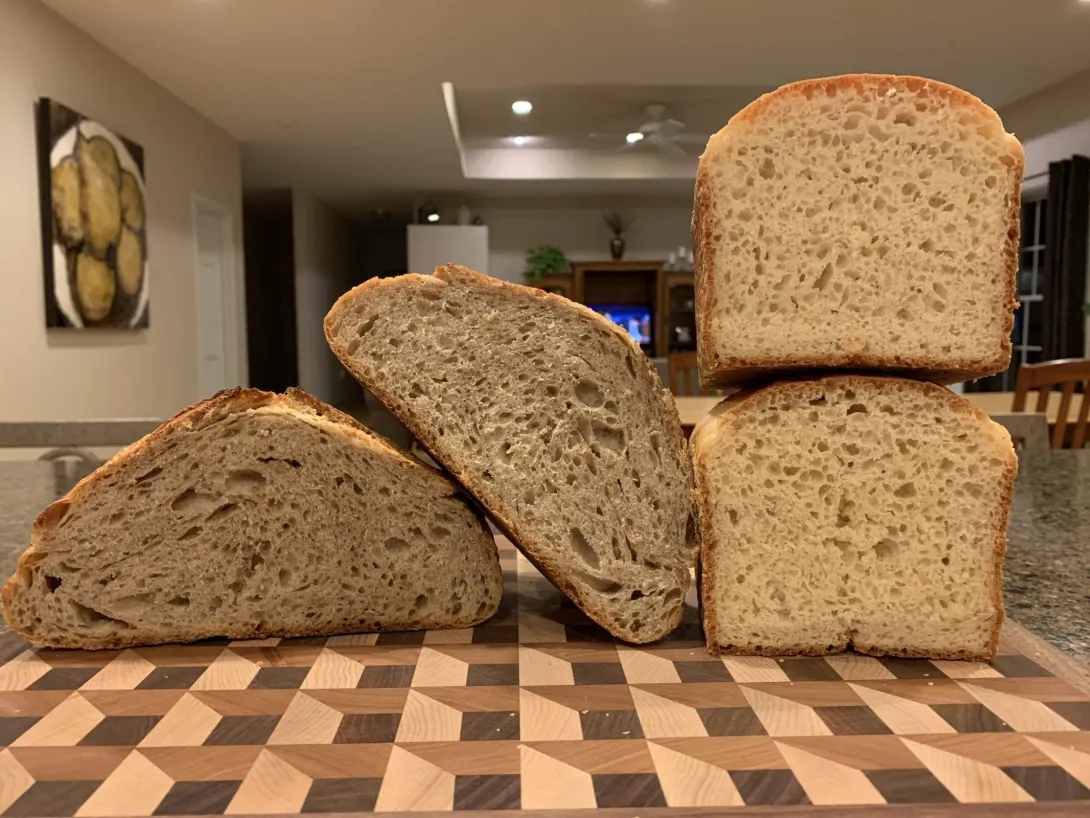
English Muffin Toasting Bread
I was asked by a friend...
"How about making an English Muffin Bread?"
"Not sure. I've never made English Muffins."
"No. An English Muffin Bread. It's good for toast."
"Hmmm... Never heard of it. Let me do some digging and get back to you."
Rye and Barley Bread - Hiivaleipa (modified)
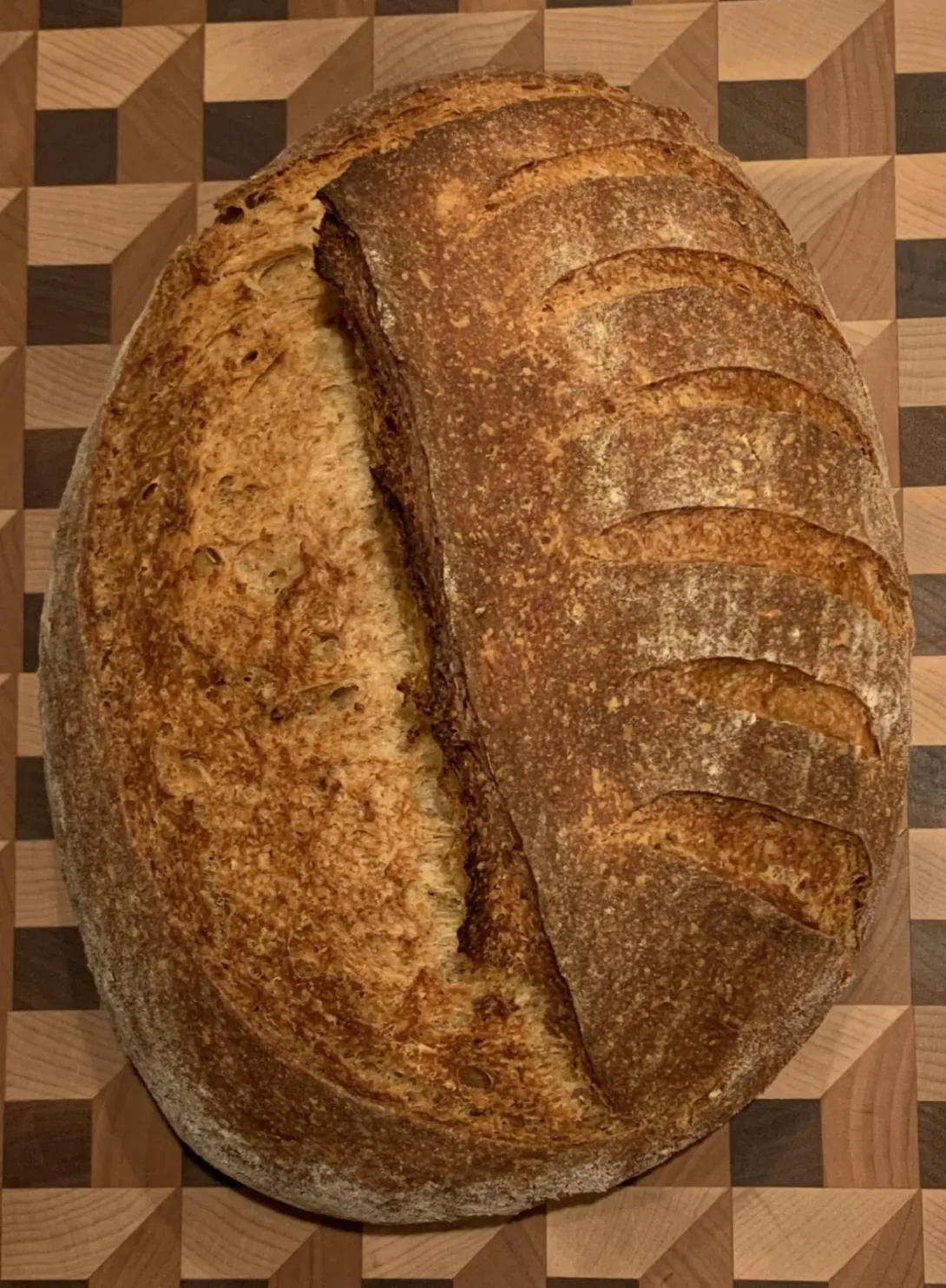
No secret I love barley flour in my bakes. It's just a flavor I enjoy. This bake is based on a recipe in The Finnish Cookbook by Beatrice Ojakangas. I converted from volume to weight as best I could and took a few liberties.
1) I replace half the rye flour with rye chops
2) I added a YW pre-ferment that incorporated all the rye flour and half of the barley flour
3) I used the rye chops, half the barley flour, and crushed fennel seed in a whole milk scald
4) Eliminated the butter
Caramelized Gold Potato Bread
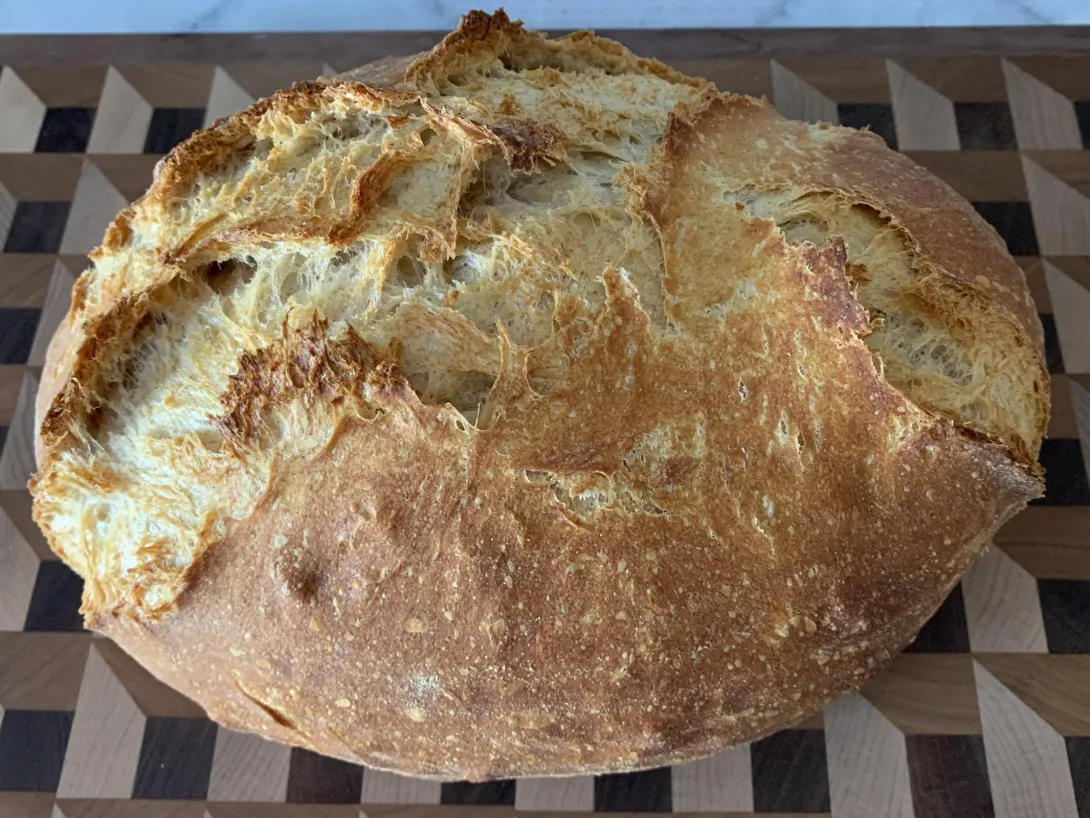
The basis for this recipe is from Hamelman's Bread (3rd Ed.). Two main changes: I used RYW (the one giving me "yogurty" levains) for half the pre-ferment water and I "caramelized" potatoes instead of roasting them. With the baking steel, I have trouble with the starches from the potatoes burning the bottom crust, so this was cooked at lower temps and the top element shield removed after steaming to get color into the top crust. Worked quite well.
Makes one loaf...
Leinsamenbrot
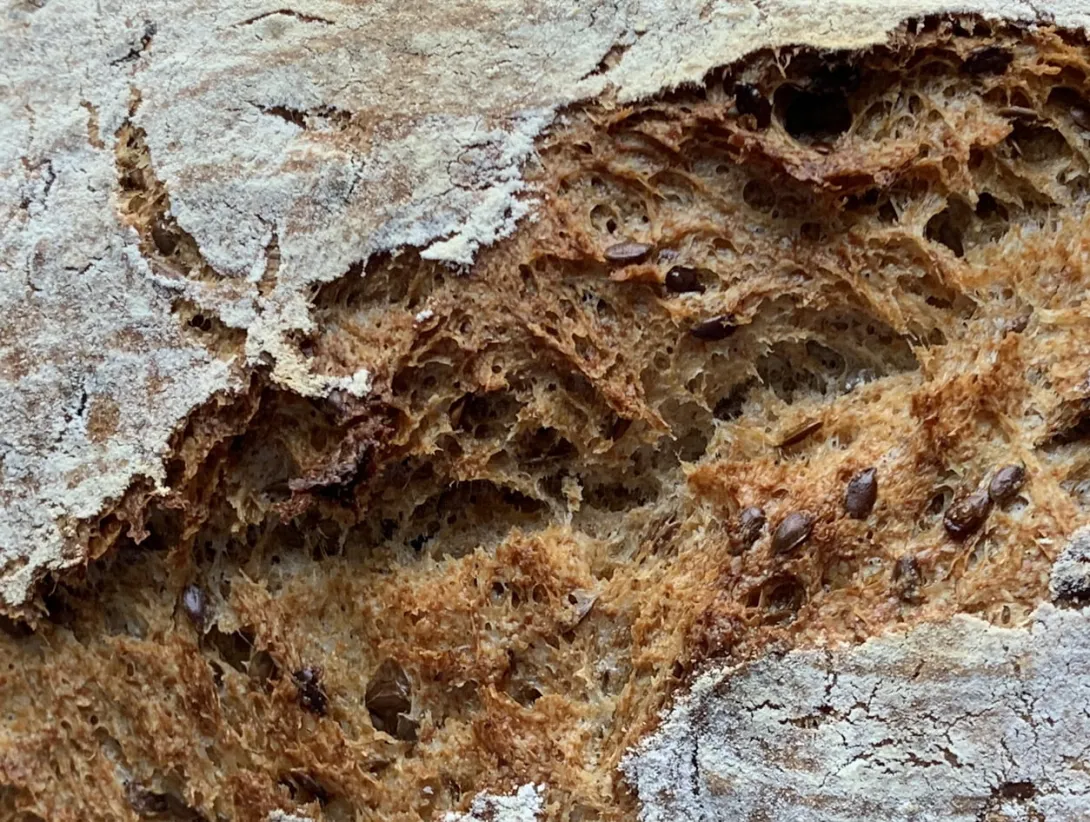
This is a recipe in Hamelman's Bread (3rd Ed.). It was a straight forward bake and had a very nice sour apple aroma during the bake. Haven't had a chance to slice it yet, but will have some in the morning for breakfast. Recipe calls for Medium Rye, but says that Whole Rye can be substituted. I proofed this seem side down for the natural score look.
Makes one loaf...
Wild Rice, Onion, and Sage with Roasted Sunflower Seeds
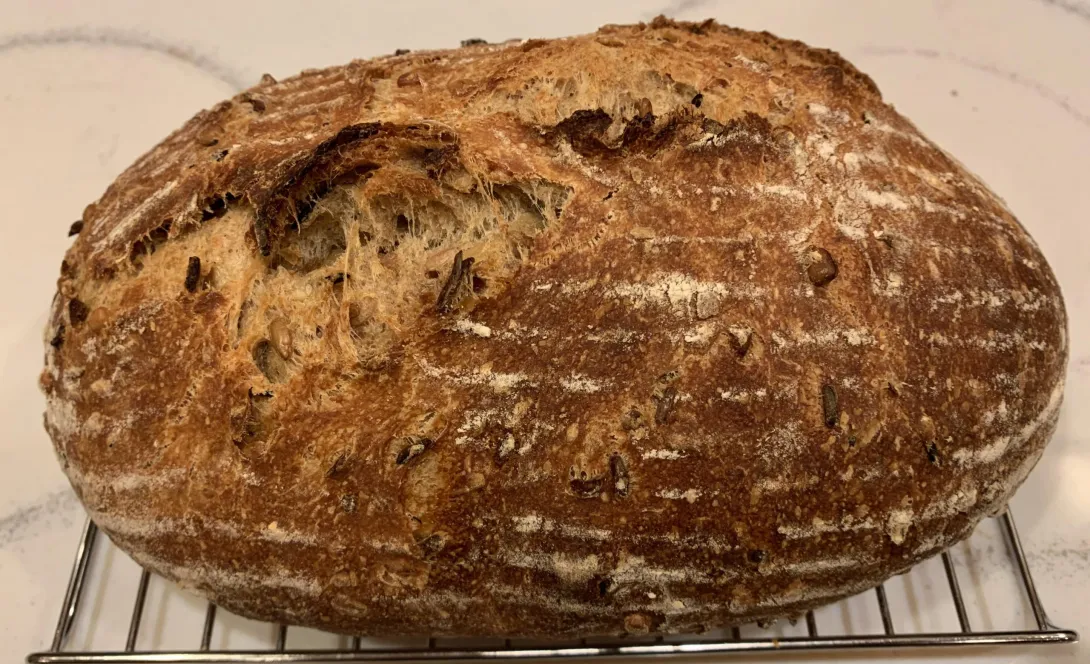
There are a number of versions of this bread out there, but I was originally introduced to it by Danni's. For this bake, I wanted to use only Yeast Water for leavening. My YW was refreshed a couple weeks ago and has been resting in the refrigerator. Decided to give it a try without refreshing it.
Semolina Bread with Pate Fermente
Last weekend's bake was Hamelman's Semolina Bread. The only major deviation I made was using a pate fermente pre-ferment instead of the "Flying Sponge" (I think that's what he called it).
Makes one loaf...
Total Formula
158g AP Flour (35%)
68g Bread Flour (15%)
225g Semolina Flour (50%) (Re-milled Bob's Red Mill Semolina)
292g Water (65%)
9.0g Salt (2%)
1.4g ADY (0.3%)
18g EVOO (4%)
70% Rye with a Rye/Barley Mash
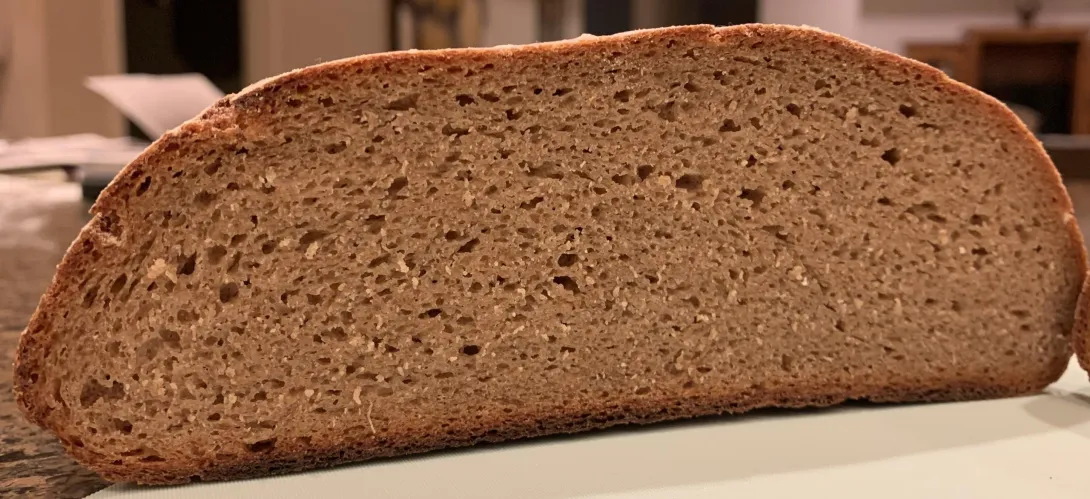
This recipe is based on Hamelman's 80% Rye with a Rye Flour Soaker from Bread (3rd Ed.). I followed the recipe as written with two exceptions. I used a mash at 125% hydration instead of a soaker at 100% hydration, and I used a 50:50 barley:rye flour in the mash instead of all rye flour. The recipe calls for Medium Rye but states that Whole Rye can be substituted. I used fresh milled Whole Rye.
Overnight Heirloom Red
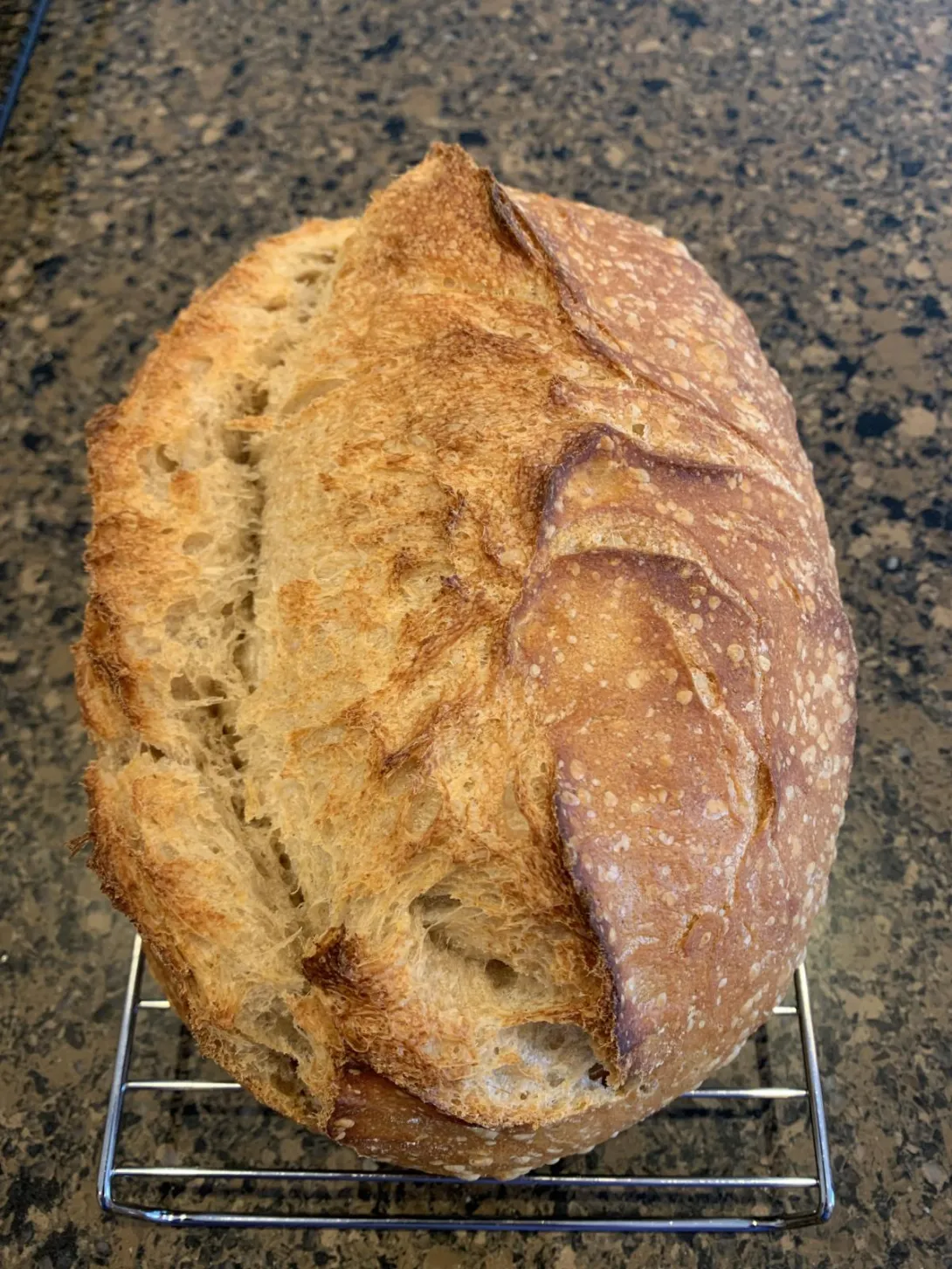
Trying different grains now that I have the Mockmill 200, and this week, I experimented with Turkey Red and Red Fife. Recipe was my standard overnight sourdough recipe with equal parts of Turkey Red and Red Fife as the whole grain component. The grains were milled to pass through a #40 sieve. Result was about 95% extraction. The bran collected was then scalded and used in the final mix. Real happy with how they turned out externally. Nice blisters and bloom. On one of the doughs, I tried using a modified version of Danni's shaping method to use with
